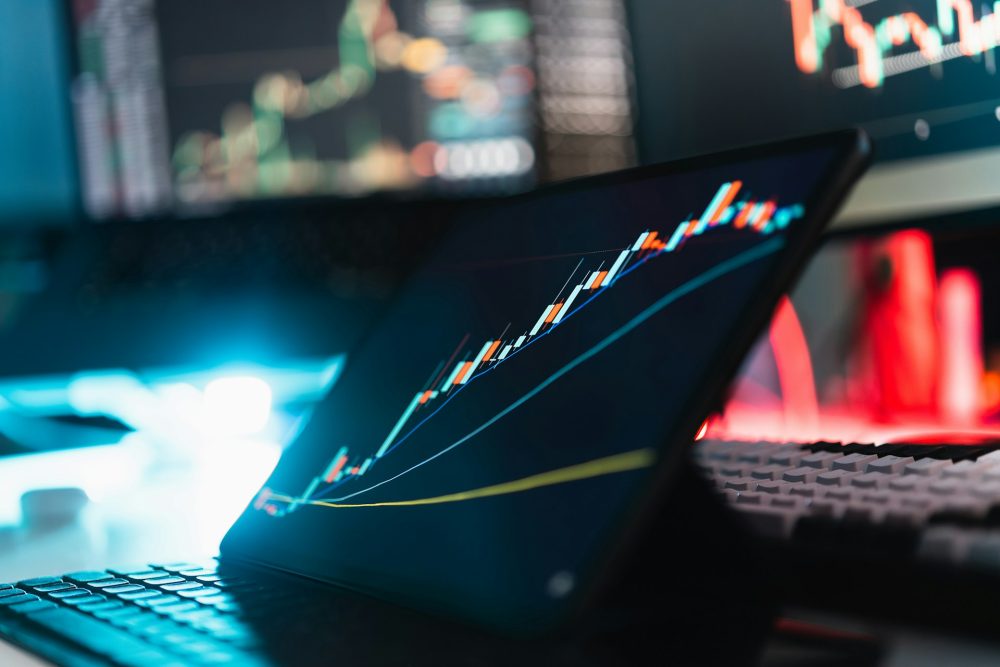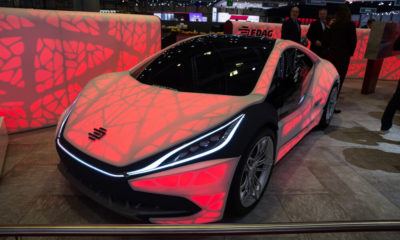Business
How SEAT tests vehicle parts in climatic chambers
SEAT test vehicle parts in regions with extreme climates.
“We use these climatic chambers to reproduce the extreme temperature and humidity conditions found in the heat of the Kalahari desert or the winter cold in Lapland,” explained Rafael Bolívar, an engineer at the SEAT Quality Department.
The goal of these tests is to guarantee the quality of the materials. According to Bolívar, who performs the tests, the vehicle parts withstand temperatures ranging from -40 to 110 degrees centigrade inside the climatic chambers to “verify that the materials do not deteriorate from exposure to heat or cold.”
Tests performed in regions with extreme climates certify that the materials do not deteriorate. The humidity and salt spray chamber simulate coastal and alpine climates. The tests aim to ensure that metal parts do not corrode during the service life of the vehicle.
Another test performed is the Xenotest, which reproduces sunlight and its radiations. The vehicle parts remain up to four months in a chamber. Efforts are made to ensure that the materials deliver the same performance under all weather conditions.
And what happens if the car is used in a coastal area? In the next room, the atmospheric conditions of humidity and salt air typically found in maritime regions are recreated to “ensure that if the car remains outdoors near the sea for prolonged periods, its parts do not suffer from corrosion damage,” adds Bolívar.

-

 Business2 weeks ago
Business2 weeks agoMarkets Now Appear Steady, but Cracks Are Forming Beneath
-

 Crowdfunding4 days ago
Crowdfunding4 days agoa2censo Expands Crowdfunding Access for SMEs and New Investors
-

 Impact Investing2 weeks ago
Impact Investing2 weeks agoGlobal Rift Over Fossil Fuels Blocks UN Environmental Agreement
-

 Markets6 days ago
Markets6 days agoMixed Market Trends as Global Coffee Growing Conditions Improve
![Warren Buffett Stocks vs Todd Boehly [RDE, Inc. | OTC: RSTN]](https://born2invest.com/wp-content/uploads/2024/03/warren-buffett-stocks-vs-todd-boehly-rstn-400x240.jpg)
![Warren Buffett Stocks vs Todd Boehly [RDE, Inc. | OTC: RSTN]](https://born2invest.com/wp-content/uploads/2024/03/warren-buffett-stocks-vs-todd-boehly-rstn-80x80.jpg)
























You must be logged in to post a comment Login